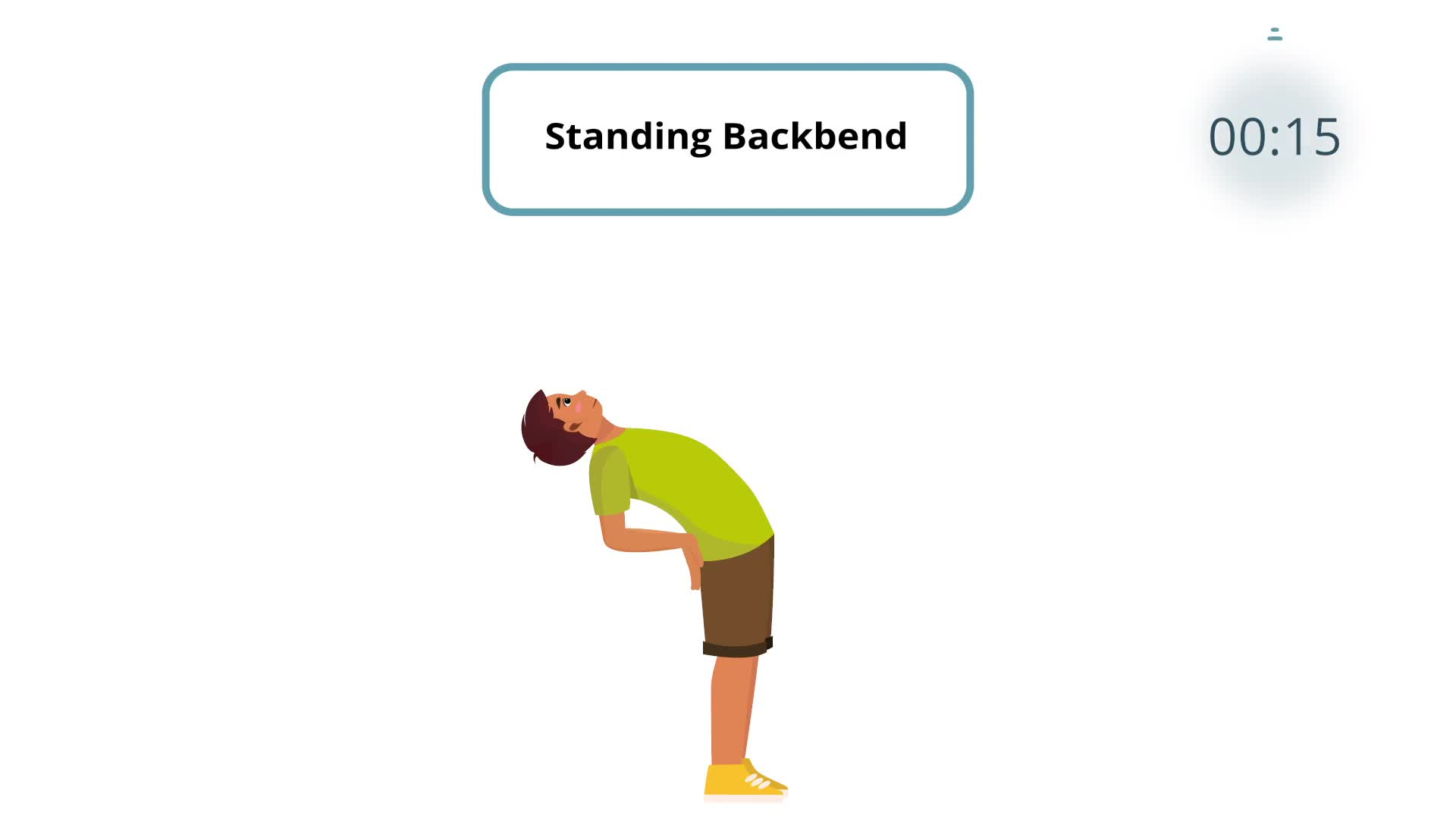Introduction
Special education teachers play a crucial role in helping students develop life-enhancing skills. One such skill is the practice of stretching and mindfulness, which can positively impact a child’s learning, social interactions, and overall well-being. In this blog post, we will discuss the importance of the target skill, the role of specialists, and how to create effective IEP goals to support elementary students.
Understanding Stretching and Mindfulness
Stretching and mindfulness are practices that help students become more aware of their bodies and minds. These activities release endorphins, which are calming chemicals that boost energy levels and improve focus. By incorporating stretching and mindfulness into their daily routines, students can enhance their learning experiences, social interactions, and overall well-being.
The Role of Specialists
Various specialists can support the development of stretching and mindfulness in students:
- Speech-Language Pathologists: They can help students improve their communication skills and express their emotions during mindfulness activities.
- Social Workers: They can provide guidance on incorporating mindfulness practices into students’ daily routines and addressing any social challenges that may arise.
- Psychologists: They can offer strategies to help students manage stress and anxiety through mindfulness techniques.
- School Counselors: They can assist in developing school-wide mindfulness programs and provide individual support to students who need it.
IEP Goals for Stretching and Mindfulness
Here are some SMART IEP goals to improve stretching and mindfulness in students:
-
Goal: Increase student’s participation in daily stretching and mindfulness activities by 50% within 3 months.
Strategies and Activities: Create a structured daily schedule, use visual aids, and provide positive reinforcement. -
Goal: Improve student’s ability to focus during class activities by incorporating stretching and mindfulness practices at least twice a day for 4 weeks.
Strategies and Activities: Integrate short stretching and mindfulness breaks, teach deep breathing exercises, and use calming music. -
Goal: Enhance student’s social interactions by practicing mindfulness techniques during group activities for 6 weeks.
Strategies and Activities: Encourage active listening, role-play scenarios, and facilitate group discussions about emotions and feelings.
Implementing and Measuring Progress
To implement these goals and measure progress:
- Collaborate with specialists to develop a comprehensive plan.
- Monitor and document students’ progress regularly.
- Adjust strategies and activities based on students’ needs and progress.
- Communicate with parents and other team members regularly.
Conclusion
Effectively incorporating stretching and mindfulness into IEP goals can significantly enhance students’ learning experiences, social interactions, and overall well-being. As educators, it is essential to work collaboratively with specialists and families to create and implement appropriate goals for each student. We encourage you to apply these IEP goals and strategies in your classroom and invite you to explore more resources at Everyday Speech Sample Materials.








